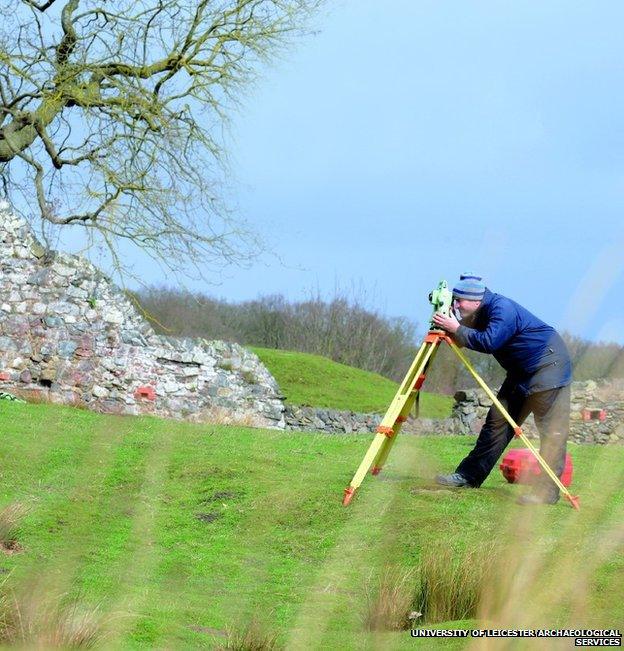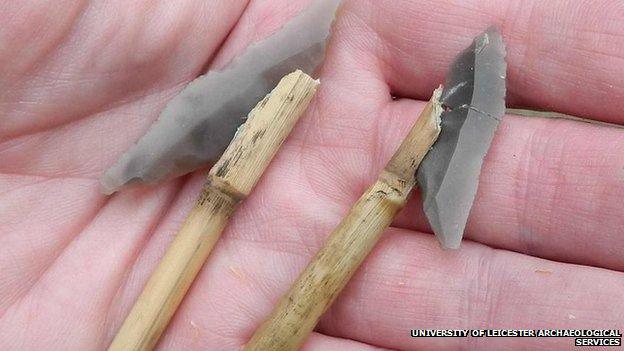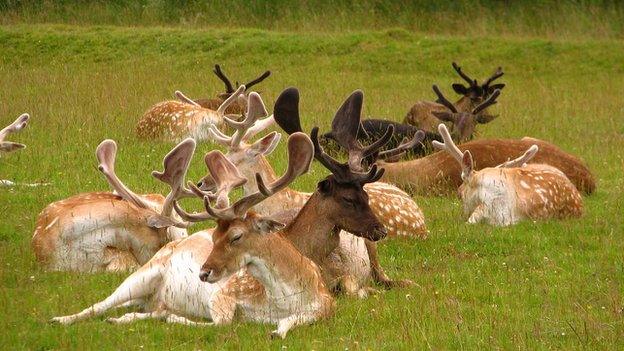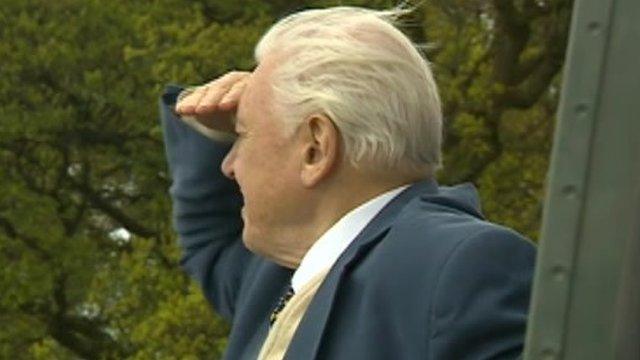Project to uncover 'hidden history' of Bradgate Park begins
- Published

Archaeologists have set up a field school in Bradgate Park as part of a project to unearth its "hidden history"
A five-year project to uncover the "hidden history" of a public park thought to have been used as an Ice Age hunting ground has begun.
The University of Leicester has set up a field school in Bradgate Park, Leicestershire, where flint tools were unearthed last year.
One of the first sites being examined is believed to be where a medieval park keeper lived.
Research will also be carried out at a possible prehistoric enclosure.
'As good as it gets'
The 850 acre (340 ha) site is home to a deer park and is visited by half a million people annually.
It is also the location of the childhood home of Lady Jane Grey.
Project co-director, Dr Richard Thomas, from University of Leicester Archaeological Services, said: "In terms of an archaeological landscape, Bradgate Park is about as good as it gets.
"We have identified multiple sites of interest spanning the past 12,000 years.
"Archaeologically speaking, it is an untouched landscape, and will allow [those involved] to uncover the hidden history of this popular attraction."
Dr Thomas said the project, external would chart how people have engaged with, and altered, the landscape since the last Ice Age.
Peter Tyldesley, director of the Bradgate Park Trust, added: "We know that there is a lot of history and archaeological interest here, but we want to know more about what it is and share the story with the public."

Items found at the site include blades known as Cheddar and Creswell points, and scrapers used to process animal hides.
- Published7 May 2015

- Published28 March 2014

- Published1 May 2014
